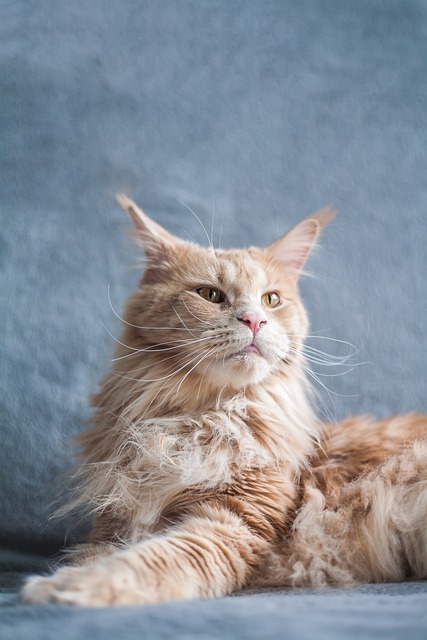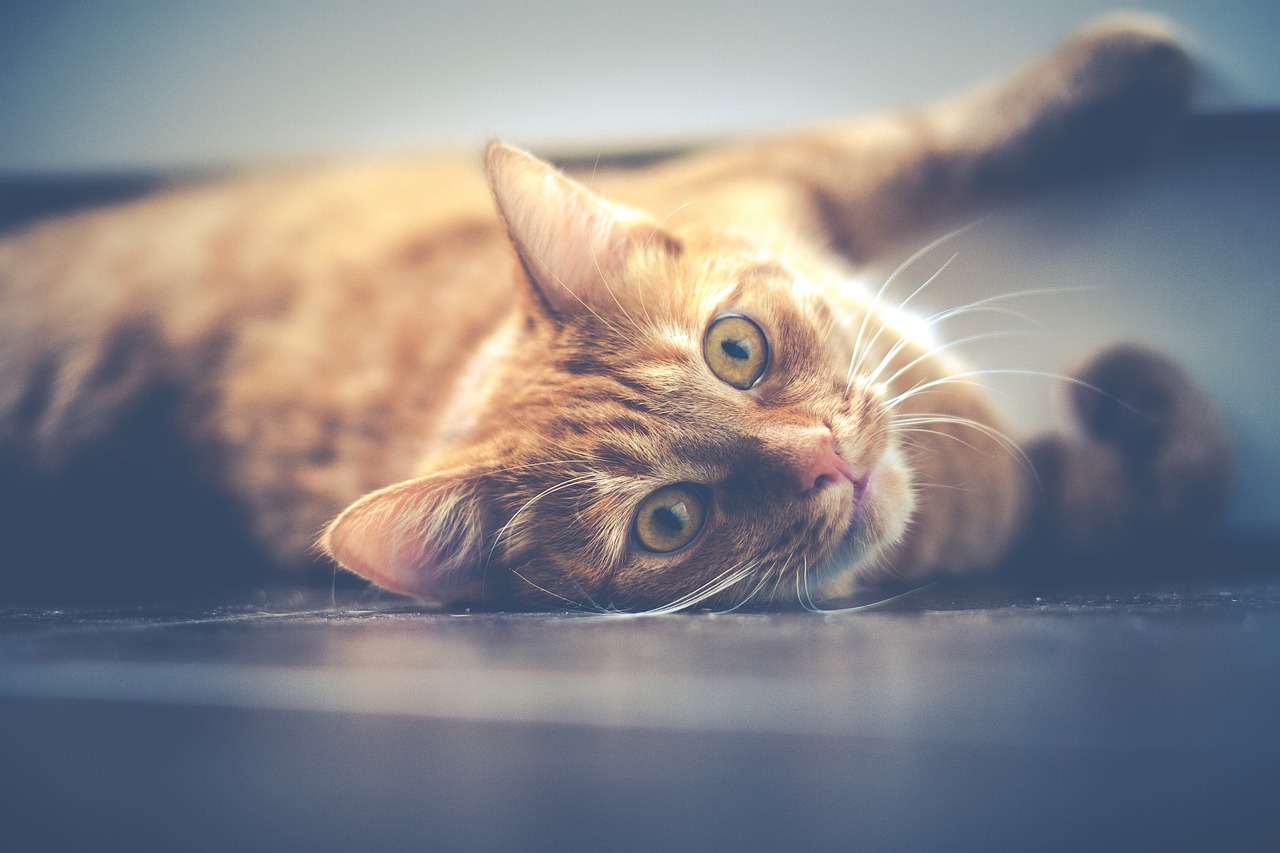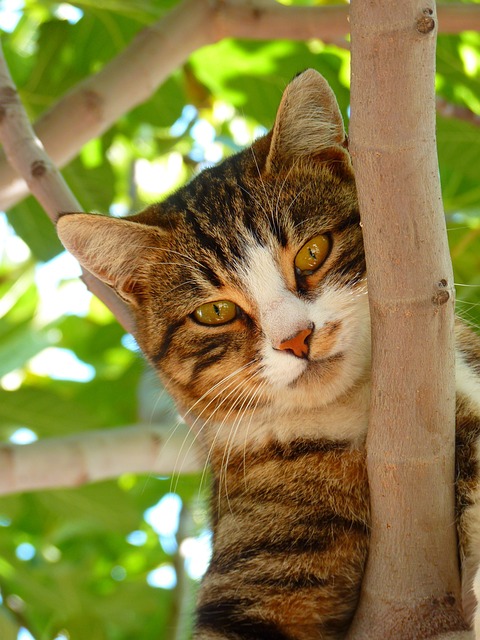The Bengal cat is one of the most stunning and energetic cat breeds in the world. With its wild, leopard-like coat and sharp intelligence, the Bengal combines the look of a jungle cat with the heart of a playful companion.
But owning a Bengal cat is not just about admiring its beauty — it’s about understanding its active mind, powerful instincts, and unique personality. In this complete guide, you’ll discover everything you need to know about Bengal cats, from their appearance and behavior to their diet, health, and daily care needs.
🐾 What Is a Bengal Cat?
The Origins of Bengal Cats
The Bengal cat is a hybrid breed that originated from crossing an Asian leopard cat (Prionailurus bengalensis) with domestic cats. The goal was to create a breed that combined the wild beauty of leopard-like markings with the affectionate nature of a house cat.
Today’s Bengal cats are fully domesticated and recognized by major cat associations such as TICA and CFA. They’ve become one of the most popular cat breeds globally, admired for their exotic look and lively temperament.
🌟 Appearance and Coat of Bengal Cats
Exotic Beauty in Every Stripe and Spot
One glance at a Bengal cat is enough to understand its appeal. Bengals have short, dense fur that shimmers in the light — a unique trait known as the “glitter effect.”
Their coats come in a variety of patterns and colors:
- Spotted Bengals: Leopard-like rosettes spread across the body.
- Marbled Bengals: Swirling, marble-like patterns that resemble marble stone.
- Colors: Brown, golden, snow (cream or ivory tones), and even silver or charcoal.
Key Physical Features of a Bengal Cat
- Eyes: Large, almond-shaped, usually green or gold.
- Body: Athletic, lean, and muscular — built for agility and speed.
- Tail: Medium-length and thick, often with dark rings.
- Fur Texture: Soft, plush, and reflective, giving the cat an elegant sheen.
Every Bengal cat is unique — no two patterns are the same. Their exotic look often leads people to mistake them for miniature leopards, making them one of the most photographed and admired cats online.
😺 Temperament and Personality of Bengal Cats
Bengal Cat : Intelligent, Playful, and Social
If you’re expecting a quiet lap cat, the Bengal might surprise you. Bengal cats are highly intelligent, curious, and full of energy. They love exploring, playing, and interacting with their owners.
What to Expect with a Bengal Cat:
- Playful: They enjoy chasing toys, playing fetch, and solving puzzles.
- Curious: They will investigate every drawer, shelf, and high surface.
- Vocal: Bengals communicate with a variety of sounds — chirps, trills, and meows.
- Affectionate: Though active, they bond deeply with their humans.
- Water Lovers: Many Bengals enjoy splashing or watching running water.
Without enough mental and physical stimulation, a Bengal cat can become bored or even destructive. They need an owner willing to engage with them daily.
❤️ Health and Common Issues in Bengal Cats
A Generally Healthy Breed
Bengal cats are known for their robust health, but they can be prone to a few hereditary conditions. Responsible breeders screen for these to ensure healthy kittens.
Bengal cats are known for their robust health and athletic build, often living long, active lives when properly cared for. As a breed, they tend to be resilient and energetic, but like all cats, they can be predisposed to a few hereditary health conditions. Reputable breeders play a crucial role in maintaining the health of Bengal lines by performing genetic screening and routine veterinary checks before breeding, ensuring that kittens are healthy from birth.
While most Bengals enjoy a lifetime of good health, owners should still be proactive with preventive care to keep their feline friend thriving well into adulthood.
Common Health Concerns of a Bengal Cat
Although Bengals are generally strong and agile, being aware of potential Bengal cat health problems helps owners catch issues early and provide proper treatment.
- Hypertrophic Cardiomyopathy (HCM):
This is one of the most common genetic heart conditions in cats, including Bengals. It causes the walls of the heart to thicken, making it harder for the heart to pump blood effectively. Regular veterinary checkups, heart ultrasounds, and early screening can help detect HCM in its early stages and prevent complications. - Hip Dysplasia:
Though relatively rare in Bengals, this joint disorder can lead to stiffness, pain, and reduced mobility. Maintaining a healthy weight, providing a balanced diet, and encouraging moderate exercise can help reduce the risk. High jumps or excessive climbing should be moderated for cats showing early signs of joint discomfort. - Dental Issues:
Bengals are prone to plaque buildup and gum disease if their oral health is neglected. Regular dental cleaning at home, combined with professional vet cleanings, helps prevent tooth decay, gingivitis, and bad breath. Dental treats or chew toys can also contribute to healthier gums and teeth.
Vet Care and Preventive Health
Consistent veterinary care is the cornerstone of a healthy Bengal cat. Scheduling routine wellness exams at least once or twice a year ensures that your cat stays up-to-date on vaccinations and parasite control. Regular bloodwork and health screenings can detect potential problems before they become serious.
A preventive health routine should include:
- Vaccinations: Protection against common feline diseases such as rabies, feline leukemia (FeLV), and calicivirus.
- Parasite Control: Monthly treatments for fleas, ticks, and intestinal worms, especially if your Bengal spends time outdoors.
- Balanced Nutrition: Feeding high-quality, protein-rich cat food to support muscle tone and immune strength.
- Hydration: Encouraging water intake through fresh bowls or a cat fountain to support kidney health.
- Environmental Enrichment: Reducing stress through play, climbing structures, and consistent interaction to boost mental and physical well-being.
By combining preventive veterinary care, proper diet, and regular exercise, you can help your Bengal cat maintain peak health and vitality throughout their life. Healthy Bengals are not just beautiful — they’re also active, affectionate, and full of personality, making them one of the most rewarding breeds to own.
🍗 Diet and Nutrition for Bengal Cats
Feeding for Energy and Strength
Bengal cats are highly athletic, muscular, and full of energy — they burn calories much faster than the average house cat. To sustain their active lifestyle, their diet should be rich in high-quality animal protein such as chicken, turkey, or fish, which supports strong muscles and lean body mass. A moderate amount of healthy fats helps maintain energy levels and keeps their coat glossy and skin healthy.
Avoid filler-heavy or grain-based foods, as Bengals thrive best on protein-dense diets that mirror what wild cats eat. Look for cat food formulas labeled with real meat as the first ingredient and a balanced blend of essential amino acids, taurine, and omega fatty acids. Regular feeding schedules — typically two to three meals a day — help regulate their metabolism and prevent overeating. Hydration is also crucial, so supplement dry kibble with wet food or provide access to fresh, clean water at all times to support their muscle function and overall vitality.
Feeding Tips:
- Choose high-quality cat food with real meat as the first ingredient.
- Feed small, frequent meals to match their high energy levels.
- Always provide fresh water, as Bengals can be prone to dehydration if they stay too active.
- Avoid filler ingredients like corn, soy, or excessive grains.
A balanced diet keeps your Bengal cat’s coat shiny, muscles strong, and behavior stable.
🧴 Grooming and Daily Care
Easy Grooming, High Maintenance Personality
One of the great advantages of Bengal cats is their short, low-shedding coat. Grooming is minimal — but attention and playtime are non-negotiable.
Basic Grooming Routine for Bengal Cat
- Brushing: Once or twice weekly to remove loose fur and maintain shine.
- Bathing: Only when necessary — Bengals often keep themselves clean.
- Nail Trimming: Every few weeks to protect furniture and prevent injury.
- Ear and Teeth Care: Clean ears gently and brush teeth regularly.
Even though grooming is simple, Bengal cats require significant daily mental and physical activity to stay balanced and happy.
🧠 Mental and Physical Stimulation for Bengal Cats
Keeping Your Bengal’s Mind Sharp
A bored Bengal is a mischievous Bengal. To prevent stress and unwanted behavior, provide plenty of enrichment opportunities.
Enrichment Ideas:
- Cat Trees & Climbing Shelves: Bengals love heights and need vertical spaces.
- Puzzle Toys: Stimulate their intelligence and hunting instincts.
- Interactive Play: Use feather wands or laser pointers daily.
- Training Sessions: Bengals can learn tricks like “sit,” “fetch,” or even “high five.”
Playtime isn’t optional — it’s essential for a healthy Bengal cat lifestyle.
🐾 Training and Socialization with a Bengal Cat
Bengals Are Quick Learners
Bengal cats are remarkably intelligent and curious, which makes them quick learners when it comes to training and adapting to routines. They respond exceptionally well to positive reinforcement techniques, such as treats, praise, or playtime rewards. Starting training at an early age helps build a strong foundation of trust and communication between you and your Bengal, making it easier to guide their behavior as they grow.
Because Bengals are active and mentally alert, they enjoy being challenged with interactive games, puzzle toys, and clicker training. Teaching them simple commands like “sit,” “come,” or even leash walking can be both stimulating and rewarding. Early training also helps prevent undesirable behaviors, such as scratching furniture or excessive meowing, by channeling their high energy into structured learning activities.
Consistency and patience are key — keep sessions short, fun, and positive. With the right approach, your Bengal will not only learn quickly but also thrive as a confident, well-behaved, and affectionate companion.
Training Tips:
- Use treats and praise to reward good behavior.
- Never punish — it can cause fear or aggression.
- Introduce new people, pets, and environments gradually.
- Teach commands like “come” or “stay” for safety and bonding.
Socialized Bengals are confident, affectionate, and easier to handle in new situations.
🏠 Living with a Bengal Cat
Creating the Perfect Environment for your Bengal Cat
Owning a Bengal cat means adapting your home to their active lifestyle.
Home Setup for your Bengal Cat:
- Provide climbing towers, scratching posts, and hideouts.
- Offer window perches or outdoor “catios” for safe exploration.
- Keep hazardous items — wires, plants, and small objects — out of reach.
Time Commitment
Bengals thrive on human interaction. Expect to spend at least one hour a day playing, training, or cuddling with your cat. Leaving a Bengal alone for long periods can lead to anxiety or destructive behavior.
😹 Unique Traits and Fun Facts About Bengal Cats
- Love for Water: Many Bengals enjoy playing in sinks or fountains.
- High Jumpers: They can leap several feet in a single bound.
- Social Butterflies: Bengals often get along with other cats or even dogs.
- Attention Seekers: They love being the center of attention — and your camera lens!
Their blend of energy, intelligence, and affection makes Bengal cats unforgettable companions.
🧬 Are Bengal Cats Right for You?
Bengal cats are ideal for owners who want an engaging, intelligent, and playful pet — not a lazy lap cat. If you have the time, energy, and patience to keep up, you’ll be rewarded with a loyal, affectionate, and endlessly entertaining feline friend.
However, if your schedule is busy or you prefer a calmer cat, consider a more low-maintenance breed. Bengal cats thrive best in active, stimulating homes.
🐆 Conclusion: The Beauty and Brilliance of Bengal Cats
Owning a Bengal cat is a unique experience. They bring adventure, intelligence, and personality into every home they enter. With their dazzling coats, playful nature, and loving hearts, Bengal cats prove that beauty and brains can coexist in one magnificent feline.
Give your Bengal the right care, space, and attention — and you’ll have not just a pet, but a true companion full of life, curiosity, and love.





